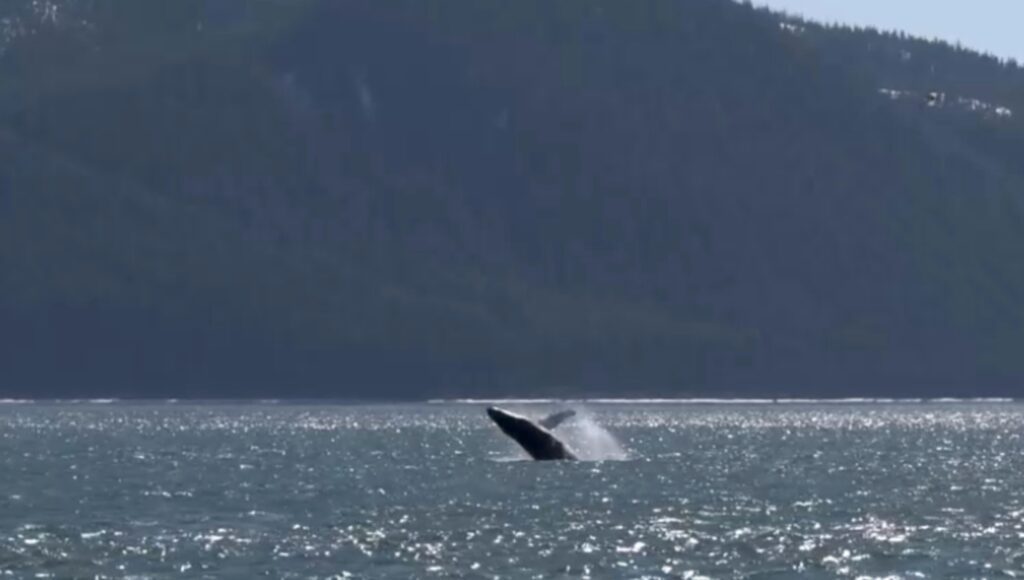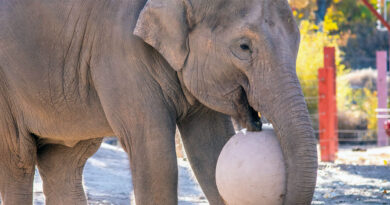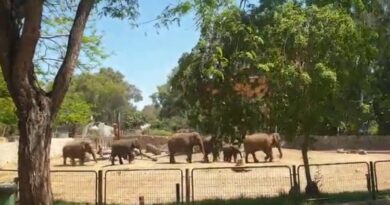Humpback Whales Have Begun Their Summer Migration
This Humpback whale has started its summer migration and can be seen returning to its old hunting grounds.
Glacier Bay National Park and Preserve documented the return of a Humpback whale in the waters near Lemesurier Island, in Southeast Alaska.
The whale can be seen happily breaching in the water which is the term used to define when they leap out into the air before crashing back into the water.

These whales can be usually seen in the spring, summer and autumn in the chilly Alaskan waters throughout the Inside Passage of Southeast Alaska.
The animals are known for this annual migration from winter breeding grounds near Japan, Hawaii or Mexico to summer feeding grounds, which extend from Washington State to the Chukchi Sea.
The Humpback whale is one of the largest of the baleen whales and the only one that vocalizes.
Humpbacks are powerful swimmers and use their massive tail fin, called a fluke, to propel themselves through the water, and sometimes into the air—landing with a tremendous splash. Scientists aren’t sure if breaching serves a purpose, such as cleaning pests from the whale’s skin or attracting a mate, or whether whales simply do it for fun.
They have a distinctly robust shape and are predominately black with varying degrees of white on the throat, belly, flippers, and flukes. The humpback is distinguished from other whales by its very long flippers (as much as a third of the whale’s length) with large knobs on the leading edge.
Humpback feed mostly on tiny shrimp called krill and various small schooling fishes. A humpback can eat up to 1.5 tons of food per day.



